Ageing and decomposition of pastes and pads in general
I have already mentioned this on the previous pages in connection with the matrix. Despite its efficiency in heat transfer, a WLP can be subject to physical and chemical decomposition processes over time that impair its thermal conductivity. The degradation of thermal pastes, which affects more than just the matrix, can be caused by various mechanisms, including
- Thermal degradation:
At high operating temperatures, the organic components of the paste can break down, leading to a reduction in thermal conductivity. - Pump-out effect:
Cyclic temperature changes can cause the paste to be “pumped out” of the interface area, reducing the effective contact area. - Drying and curing:
Evaporation of solvents or curing of the binder over time can affect the paste’s ability to fill micro-gaps. - Chemical reactions:
Reactions between the components of the paste and the metals of the adjacent surfaces can lead to the formation of non-conductive layers.
The decomposition of thermal pastes can have significant negative effects on electronic systems, including increasing the operating temperatures of components, which can lead to reduced performance or failures. Long-term damage to electronic components due to insufficient cooling is also possible.
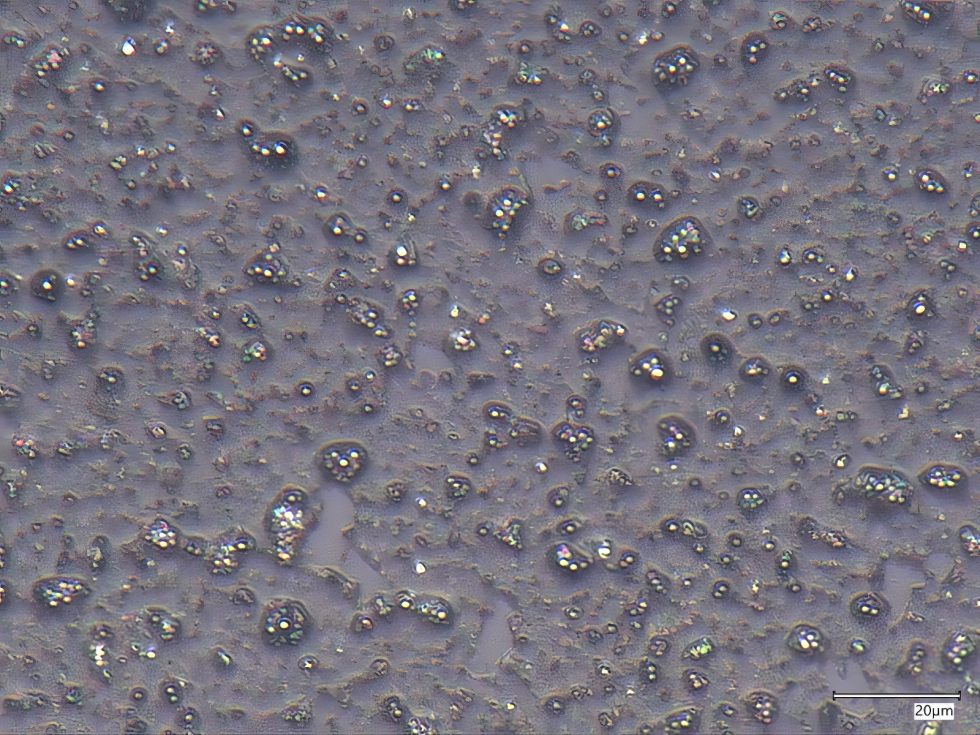
Damage and signs of dissolution
The “bleeding” or dissolution of the matrix, whether in thermal pastes or thermal pads, is a significant problem in the field of thermal management of electronic devices. These phenomena can affect the thermal performance of the materials, lead to a reduction in the service life of the electronic components and in some cases even jeopardize electrical safety. Bleeding” is the separation of the liquid components from the solid particles in a paste or pad. This can be caused by a number of factors, including excessive heat, aging or inadequate formulation of the matrix. Possible dissolution, on the other hand, refers to the disintegration or decomposition of the matrix materials themselves, resulting in liquefaction or loss of structural integrity. This can be caused by chemical reactions, excessive temperatures or compatibility issues with other materials.
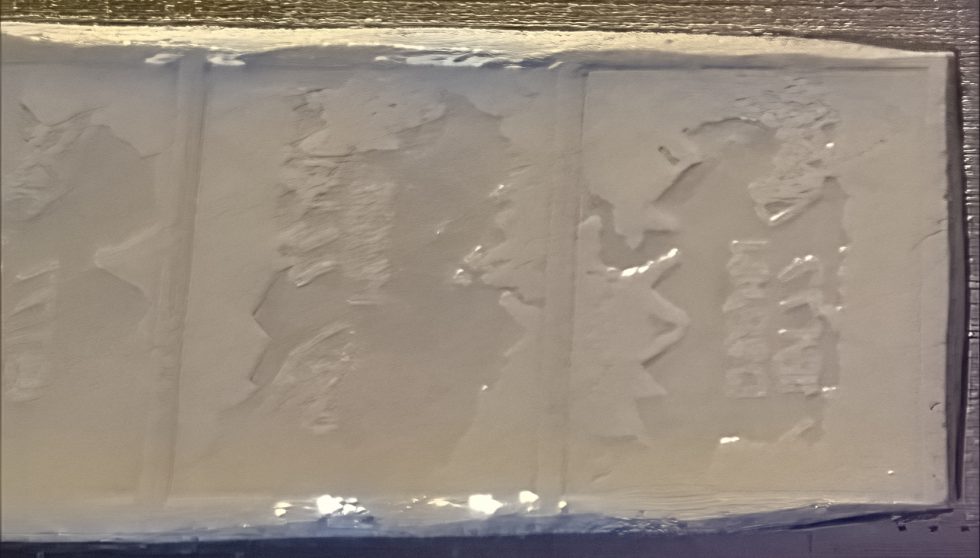
Both bleeding and dissolution can lead to a significant reduction in thermal conductivity. If the matrix loses its structural integrity, this can lead to an uneven distribution of thermally conductive particles, which increases thermal resistance. Leached or dissolved materials can transfer to neighboring components, leading to potential contamination. This can cause electrical shorts or corrosion, especially if conductive particles are involved.
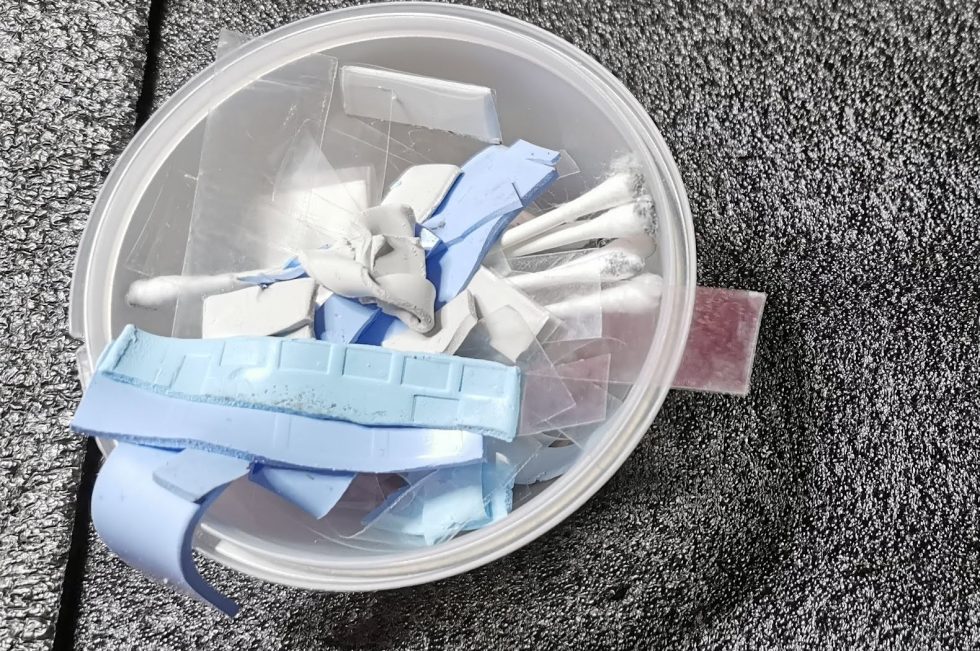
The dissolution of the matrix can lead to mechanical weakening of the thermal conductive material, which impairs its ability to withstand pressure or vibrations. This can result in a deterioration of the adaptability to heat sources and heat sinks. Devices affected by these issues require maintenance or replacement of thermal interface materials, resulting in higher operating costs and potential downtime. The development of thermally conductive materials with improved binders or stabilizers can prevent bleeding or dissolution.
Shelf life and storage
The shelf life of thermal paste in the tube is an important factor for maintenance and efficiency. While thermal paste is designed to retain its physical and thermal properties over long periods of time, excessive storage can lead to a deterioration of these properties. This degradation can negatively impact the paste’s performance in transferring heat between the CPU, GPU or other components and their heat sinks. In the following, I will explain what happens to thermal compound when it is stored for too long and why this happens. Thermal compound consists of a mixture of one or more polymers as a binder, thermally conductive fillers (such as metal particles or ceramic powder) and, in some cases, solvents to facilitate application. Over time, various factors can affect the chemical and physical stability of the paste:
- Separation of components:
Most thermal pastes are suspensions in which solid particles are dispersed in a liquid or semi-liquid base. Over time, separation of these components can occur, especially if the paste is exposed to extreme temperatures or direct sunlight. This separation can cause the liquid components to separate from the solid particles, affecting the consistency and conductivity of the paste. - Evaporation of solvents:
If thermal paste contains solvents, these can evaporate over time, even if the tube appears to be well sealed. This can lead to increased viscosity or even drying out of the paste, which negatively affects its applicability and performance. - Chemical decomposition:
Although rare, chemical decomposition processes can occur within the paste, especially under the influence of heat or light. Such decomposition processes can alter the binders in the paste and thus reduce its ability to form an effective thermal interface.
A thermal paste degraded by long storage can have several negative effects on performance, such as poorer heat transfer. Efficient transfer of heat is impaired by component separation or changes in paste consistency, which can lead to higher component operating temperatures. Increased viscosity or drying out of the paste also makes it difficult to form a thin, uniform layer between surfaces, which is necessary for optimal heat transfer.
To maximize the durability of thermal paste, there are a few points to consider: Keep the thermal paste in a cool, dry place, away from direct sunlight or heat sources. Make sure the tube is tightly closed after each use to minimize solvent evaporation. Many manufacturers also specify an expiration date that should be adhered to in order to ensure the best performance. While thermal paste is designed for long-term performance, excessive storage can negatively affect its physical and chemical properties.
- 1 - The three big P's - introduction to pastes, pads and putty
- 2 - The purpose of thermal pastes
- 3 - The big debate between cheap and expensive
- 4 - The matrix as the basis for all pastes and pads
- 5 - Silicone-based pastes: optimization, durability, decomposition
- 6 - Thermally conductive fillers are important
- 7 - How the degree of grinding influences performance
- 8 - Silicone modification for low temperatures and LN2 overclocking
- 9 - The paste production process and possible hurdles
- 10 - Special case liquid metal (LM)
- 11 - Special case of graphite pads and phase changers
- 12 - Temperature window, expansion behavior, application
- 13 - Ageing and decomposition of pastes and pads
- 14 - Manufacturer vs. bottler, misleading marketing and conclusion















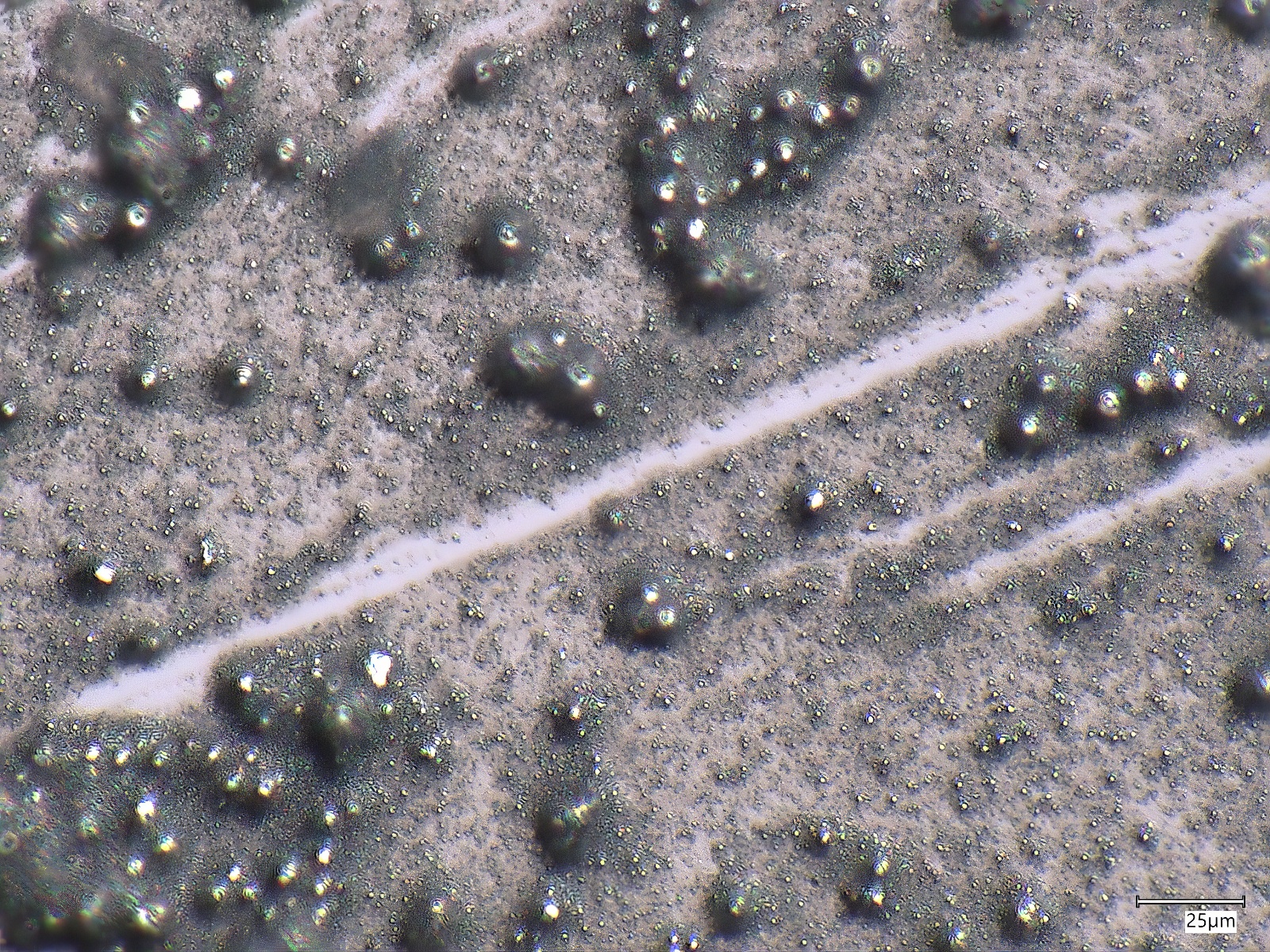
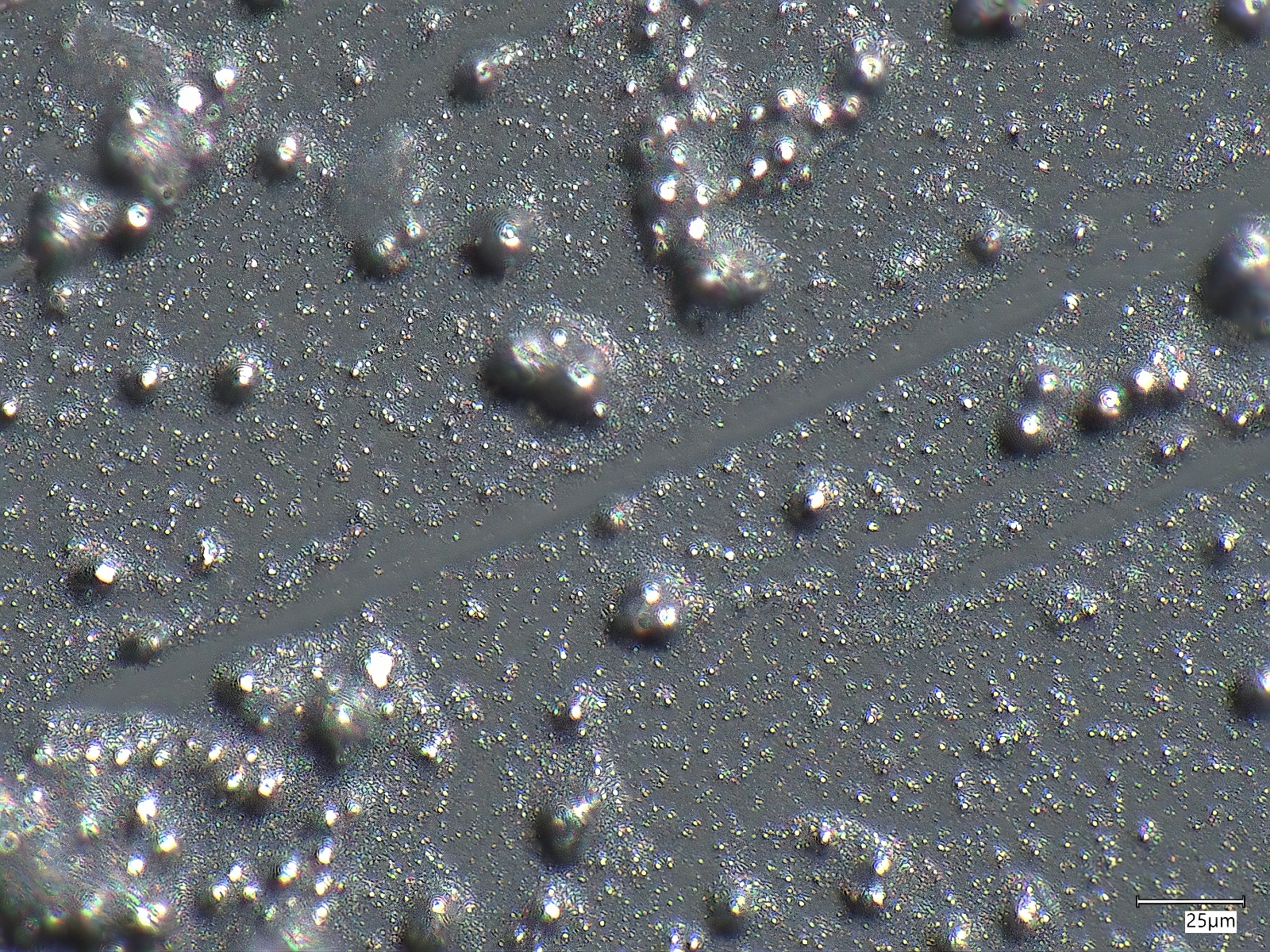


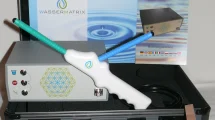

















216 Antworten
Kommentar
Lade neue Kommentare
Veteran
1
Veteran
Urgestein
Mitglied
Urgestein
1
Urgestein
Urgestein
Mitglied
Urgestein
1
Mitglied
Urgestein
1
Urgestein
1
Veteran
Alle Kommentare lesen unter igor´sLAB Community →